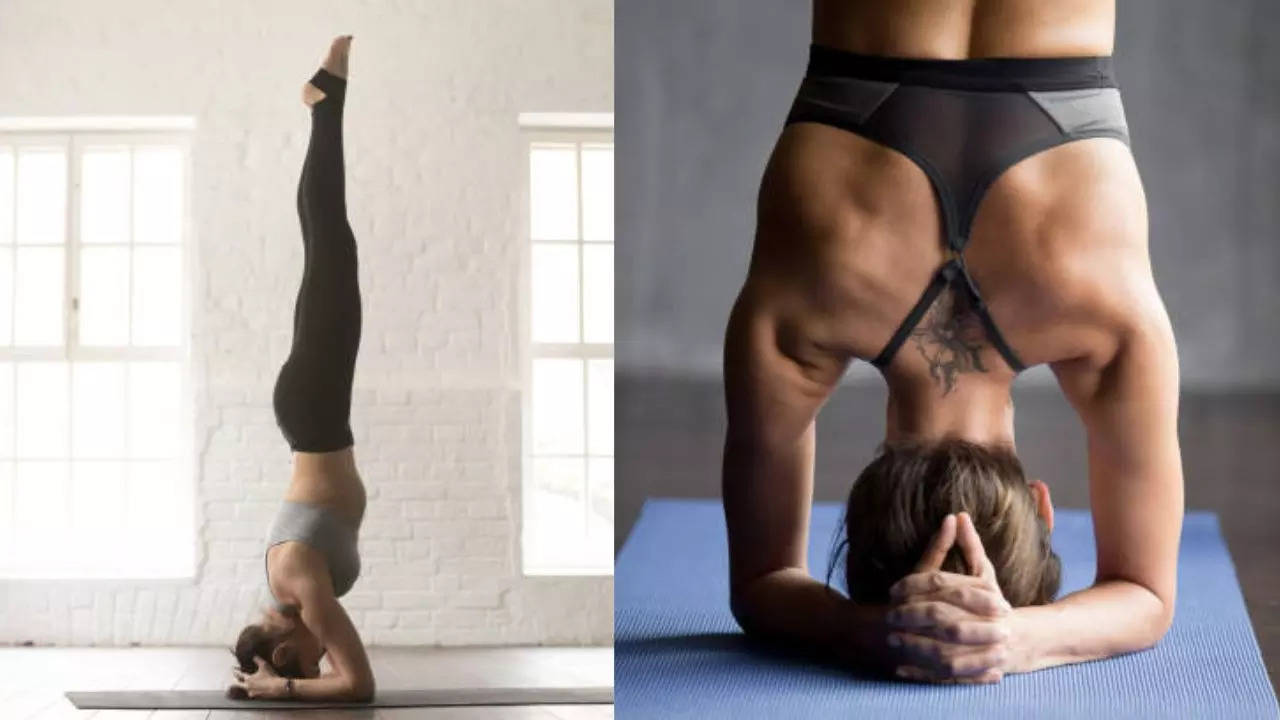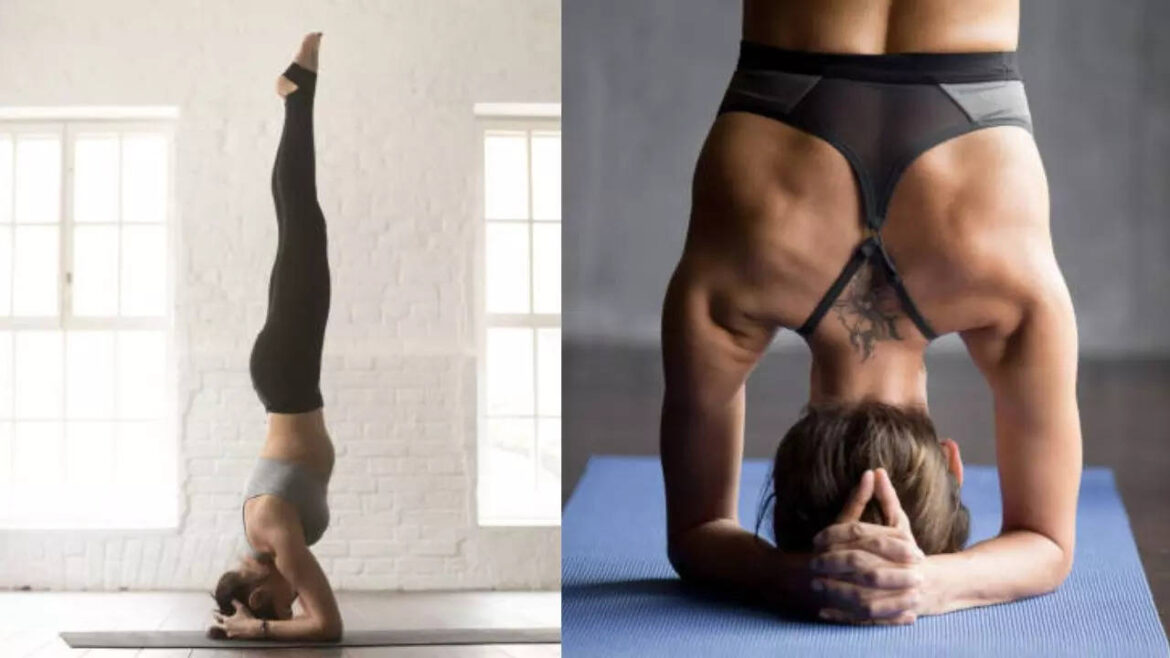Table of Contents

While yoga is a preferred way of working out for many people across the world, one of the most popular asanas is a headstand – an advanced inversion that involves turning your body upside down. While it has immense health benefits, which include alleviating stress and depression, strengthening the upper body, enhancing lung capacity, and boosting digestion, it is important to know how to do it properly.
According to yoga practitioners, many people do not keep safety measures in mind, leading to many life-threatening results.
What happens when you hold a headstand for too long? Related News | 
Listening to your body post-delivery is the key: Alia Bhatt as she performs aerial inversion yoga post-partum

Watch: Ananya Panday performs headstand during inversion yoga session; video out on Instagram
And so, it is important to understand that this position, however beneficial, may come with its own risk factors. Headstands should include a time that makes you comfortably steady without any excess effort in the posture. And so, if your arms, back, or neck begin to get tired during a headstand, you must just stop at that moment and come out of the pose. According to experts, with practice, you may be able to hold the pose longer in a steady manner.
Beginners should start by holding headstands for 10-15 seconds and then gradually progress to one to two minutes.
What positions should you avoid? Related News | 
Guinness World Record: 75-year-old performs headstand successfully, becomes oldest man in the world to do so
As goes with every workout, it is always important to listen to your body and avoid pushing past discomfort. However, to have good progress in your headstand journey, it is important to have a strong neck with some isometric holds and light resistance work. For that, a few exercises that can help improve your neck strength and make your headstands more controlled include:
- Pressing your forehead against your palms for at least 10-15 seconds
- Lying on your back, bridge up, and supporting yourself on your feet and head
- Wrapping a resistance band around your head and anchoring it in front or behind
- Sitting or standing upright, gently tucking your chin to your chest
- Use a wall for the erect stand, which can work as emotional support as well.
When should you avoid doing headstands?
Avoid doing headstands if you have:
- Neck, shoulder, or back concerns
- Concerns with blood coming to your head
- Osteoporosis
- A heart condition
- Frequent high or low blood pressure
- Eye concerns, including glaucoma
Experts advise women who are pregnant should avoid inversions unless they are practicing under the supervision of a yoga teacher or already have a strong headstand practice. Also, avoid headstands and other inversion poses if you are menstruating since it reduces the downward flow in the body. This can disrupt the natural flow of menstruation.

